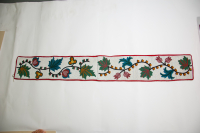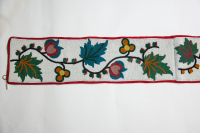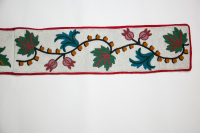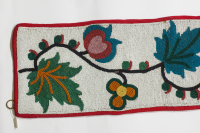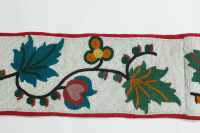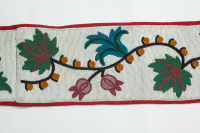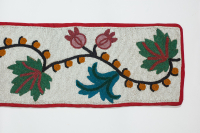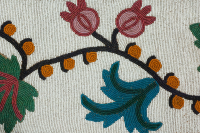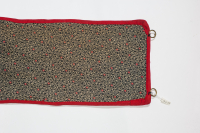Bandolier Strap
Bandolier Strap
Bandolier Strap
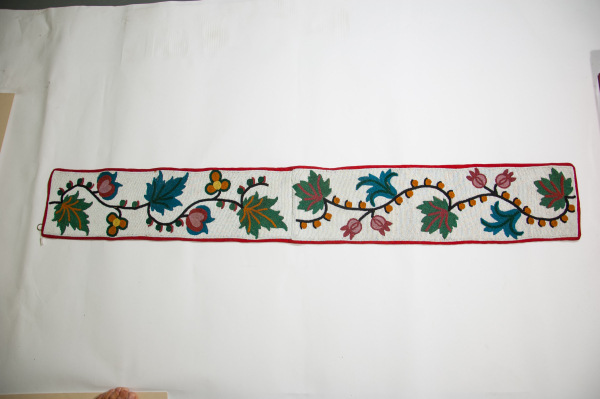
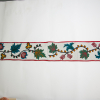
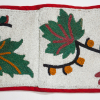
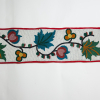
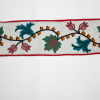
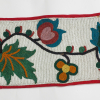
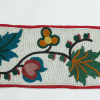
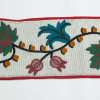
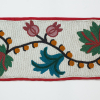
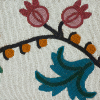
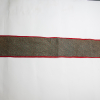
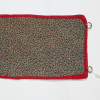
Solid beaded strap from a bandolier bag, edged in red bias tape, overlay stitched floral design on a white field, backed with a grey, black, beige, and red printed fabric
Based on catalogue records
Based on catalogue record
Read More About This Relative
Fabric: cotton, printed in grey, khaki, black, and red; Bias tape, cotton, medium red; Seed beads, opaque white, opaque black, red (opaque rose, opaque dusty rose), opaque greasy orange, opaque lemon yellow; green (transparent light teal, transparent pine), blue (transparent cerulean).
Beadwork applied to canvas cloth then hand sewn to a printed fabric; Two loom-woven beadwork panels joined in the middle, Prepared for hanging, Overlaid spot stitch appliqué beadwork.
Floral, ragged leaf, three-petalled flower, heart?, maple leaf?, fruit?
Bandolier bags most likely originated in the Upper Great Lakes region during the 1840s and 1850s. Fashioned exclusively from European materials and adorned with thousands of beads, bandolier bags were primarily for show, as a symbol of identity, wealth and status. Although initially functional, by the late 19th and early 20th centuries many of the bags had false pockets or none at all. Sometimes called "friendship bags", they were often created as gifts to strengthen relationships within communities or between nations. By the 1870s they had become an important element of formal dress worn mainly at ceremonies and celebrations by men, and occasionally by women. They wore them - singly or several at a time - crossed over the torso or draped around the neck. “The wearing of more than one bag was generally the prerogative of a leader or a person of high honour." (McCord, 2013) “Bandoliers were adopted by Ojibwa in 19th century after seeing bullet pouches used by British soldiers. Bullet pouches were plain and decorated with crest or coat of arms. When idea adopted by Ojibwa, they were greatly prized and highly decorated ceremonial accessories. They became so highly prized by Ojibwa and other tribes (especially Sioux), that one bandolier could be traded for one pony. They became a status symbol of highest ranking Midewiwin priests. (Flanders, 1977)
from catalogue records
Provenance
John Shelly was a general collector of art and artifacts in Winnipeg.
McCord Museum, Wearing Our Identity. Montreal: The McCord Museum, 2013; and “Beads: Their Use By Upper Great Lakes Indians” by Richard Flanders, 1977
McCord Museum. Wearing Our Identity. Montreal: The McCord Museum, 2013. Print.
About This GRASAC Record
Manitoba Museum
Content from the Manitoba Museum's catalog records. Uploaded by Orvis Starkweather as part of their summer internship.
47.4, -88.2
Attributed to Northeast Great Lakes-Riverine Geo-Cultural area
 Knowledge Sharing Platform
Knowledge Sharing Platform

